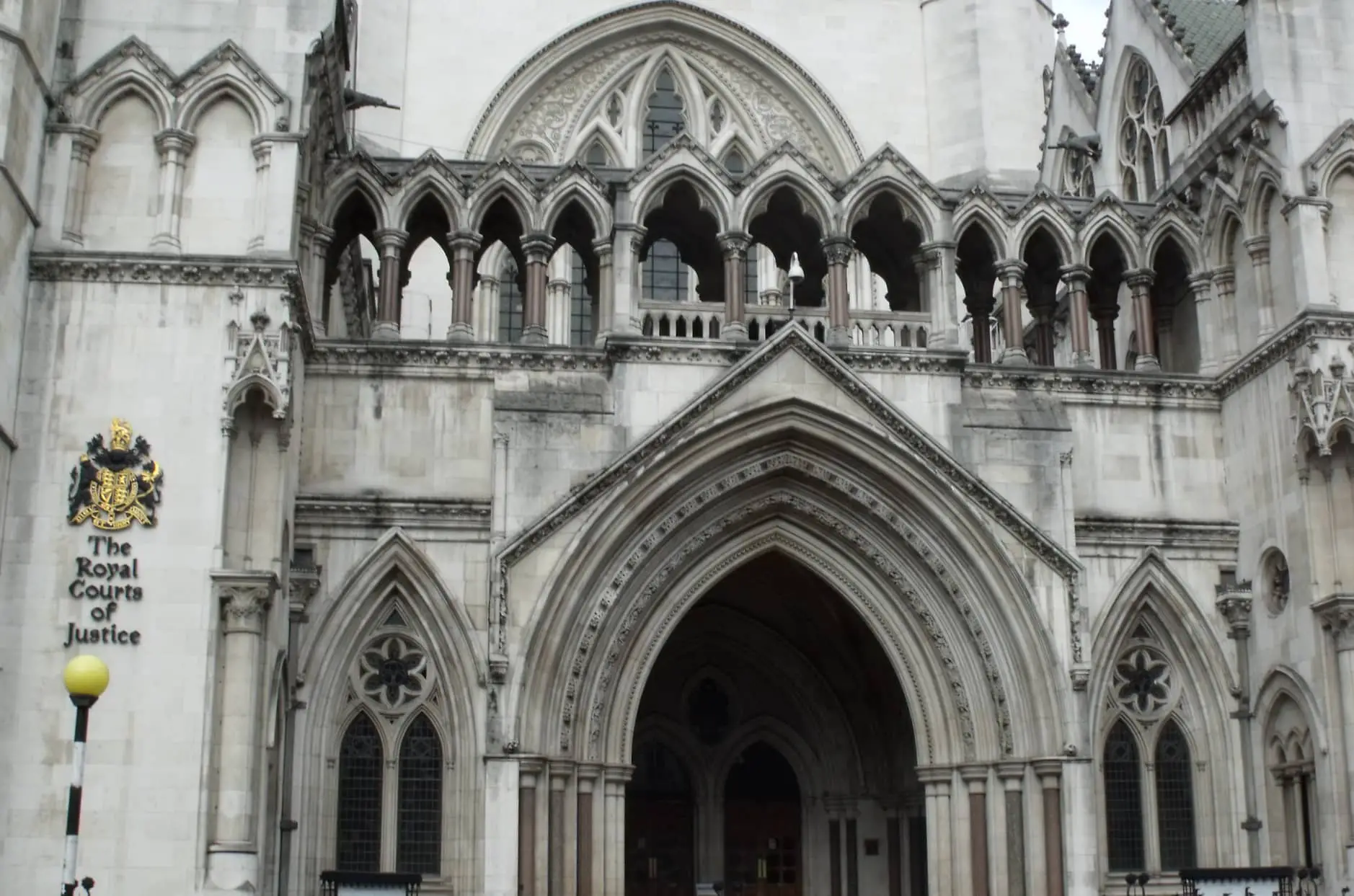Two members of the ‘Freshwater Five’ – all of whom maintain their innocence of a £53m cocaine smuggling plot – will have their convictions considered by the Court of Appeal next week.
Lawyers acting for Jonathan Beere and Daniel Payne (who was released in June 2019 pending appeal) will present judges with fresh expert evidence they say disproves the prosecution’s case that they conspired to use a fishing boat to collect drugs from a containership in the English Channel and later deposited them in Freshwater Bay off the Isle of Wight.
New radar evidence
The new evidence, uncovered by law charity APPEAL, is based on radar data from a law enforcement vessel which the Crown failed to hand over at trial.
The ‘Freshwater Five’ were sentenced to a total of 104 years’ imprisonment at Kingston Crown Court in 2011 after being convicted by an 11-1 majority jury verdict.
Scaffolding business owner Jonathan Beere, fishing boat skipper Jamie Green and crewmember Zoran Dresic were each handed down 24 years’ imprisonment, while fishermen Daniel Payne and Scott Birtwistle received 18- and 14-year sentences respectively.
The case at trial
The Crown alleged at trial that in the early hours of 30 May 2010 Jamie Green’s fishing boat, the Galwad-Y-Mor, manoeuvred in the wake of the MSC Oriane in order to collect 250kg of cocaine jettisoned from the containership, which had travelled to the English Channel from Brazil.
No evidence was put forward showing that drugs had been present on either vessel, but holdalls of cocaine strung along a rope found floating in Freshwater Bay were recovered by Serious Organised Crime Agency (SOCA) officers the following day.
Two Hampshire Constabulary officers involved in the SOCA operation gave evidence that the afternoon before they had seen “10 to 12” items which were “approximately the size of a large holdall” and “tied together on a line” deposited from the Galwad-YMor as it passed through Freshwater Bay. This description closely matched the drugs which were later found but was different to their earlier recorded description of seeing just “6 to 7” items thrown overboard.
The trial judge suggested to the jury that the Crown’s claim that the clifftop officers had radioed in such observations, but that law enforcement failed to react in any way, was “extraordinary”.
Court suggested officers persuaded to give false evidence
In 2015 Alexander McGuffie, an appellant in an unconnected case in which three of the same SOCA officers featured, had his conviction quashed because the Crown failed to inform his defence team of the “difficulties” with the observation evidence in the ‘Freshwater Five’ case.
The Court of Appeal in that case observed “there is a sustainable basis for a court to conclude that [a SOCA officer] had taken steps to persuade two local officers to give false observation evidence that linked the fishing boat with the holdalls that were later discovered.”
The new evidence and appeal application
In 2018, the Crown Prosecution Service disclosed for the first time radar data from a Border Agency vessel called the Vigilant, which had been monitoring the MSC Oriane and Galwad-Y-Mor.
The data had been extracted from the Vigilant’s Electronic Chart Display and Information System, or ECDIS, by a prosecution expert in June 2010 and stored on floppy disks which then sat in a safe for the intervening years.
The failure to analyse or disclose the ECDIS is described as a “major failing” by Joel Bennathan QC and Annabel Timan in court submissions made as part of the appeal application on behalf of Beere and Payne.
The new data
As outlined in those submissions, the newly disclosed radar data shows:
- The Galwad-Y-Mor never got sufficiently close to the path travelled by the MSC Oriane to permit the transfer of drugs.
- Another small vessel travelled to Freshwater Bay, where the drugs were recovered, shortly after the Galwad had sailed nearby. This alternative suspect vessel was not known about at trial.
- The Vigilant was monitoring the MSC Oriane and discounted the Galwad-YMor as the drugs-receiving vessel around the time when the transfer was supposed to have been taking place.
- A surveillance plane flew over Freshwater Bay after the Galwad-Y-Mor passed through yet failed to report the presence of any bags tied together on a rope in the water below.
Bolton: All five men deserve to finally be reunited with their families
Emily Bolton, Director of APPEAL and solicitor for the ‘Freshwater Five’, said:
“This will be the first time a court has had an opportunity to consider this new radar data, which undermines the prosecution case on several fronts.
“Had the jury been told about this evidence it is highly unlikely these men, who have always protested their innocence, would have been convicted.
“We are hopeful that the Court of Appeal will recognise this by quashing the convictions.
“After years of wrongful imprisonment, all five men deserve to finally be reunited with their families.”
News shared by Sophie on behalf of APPEAL, a law practice and charity which challenges miscarriages of justice in England and Wales. Ed
Image: ell-r-brown under CC BY 2.0





